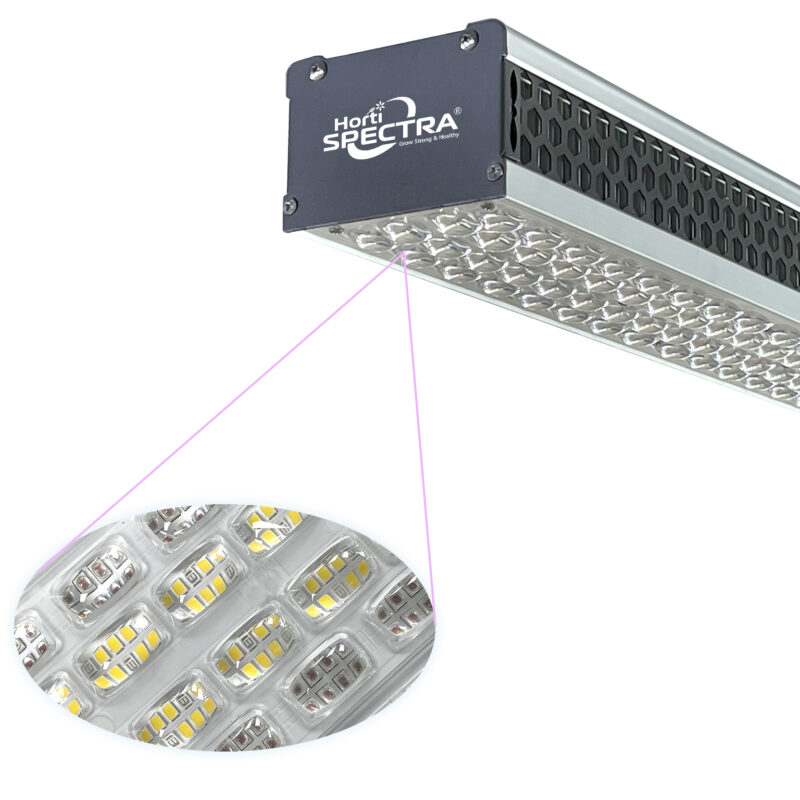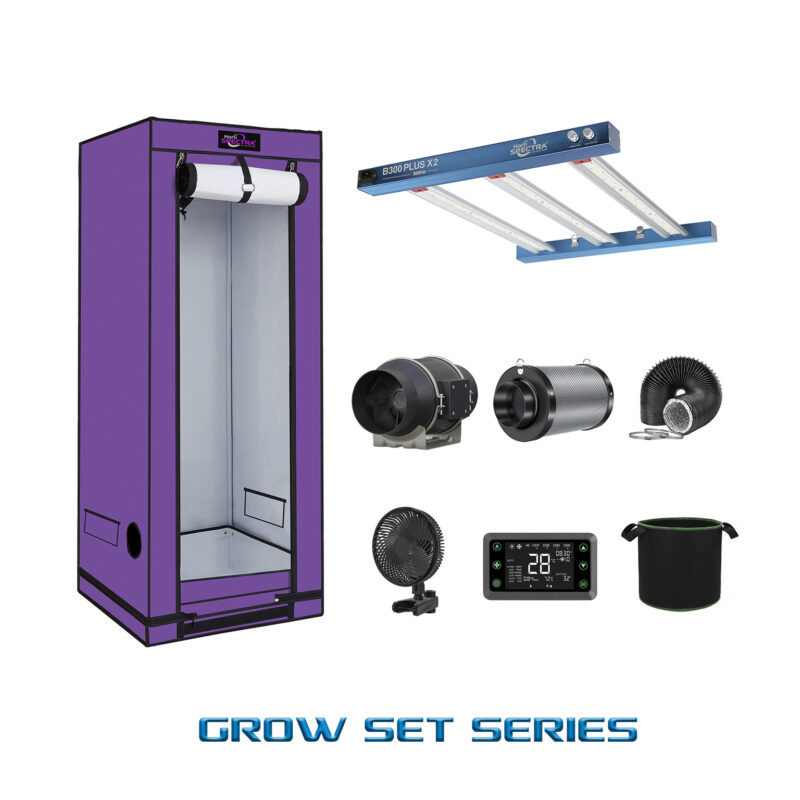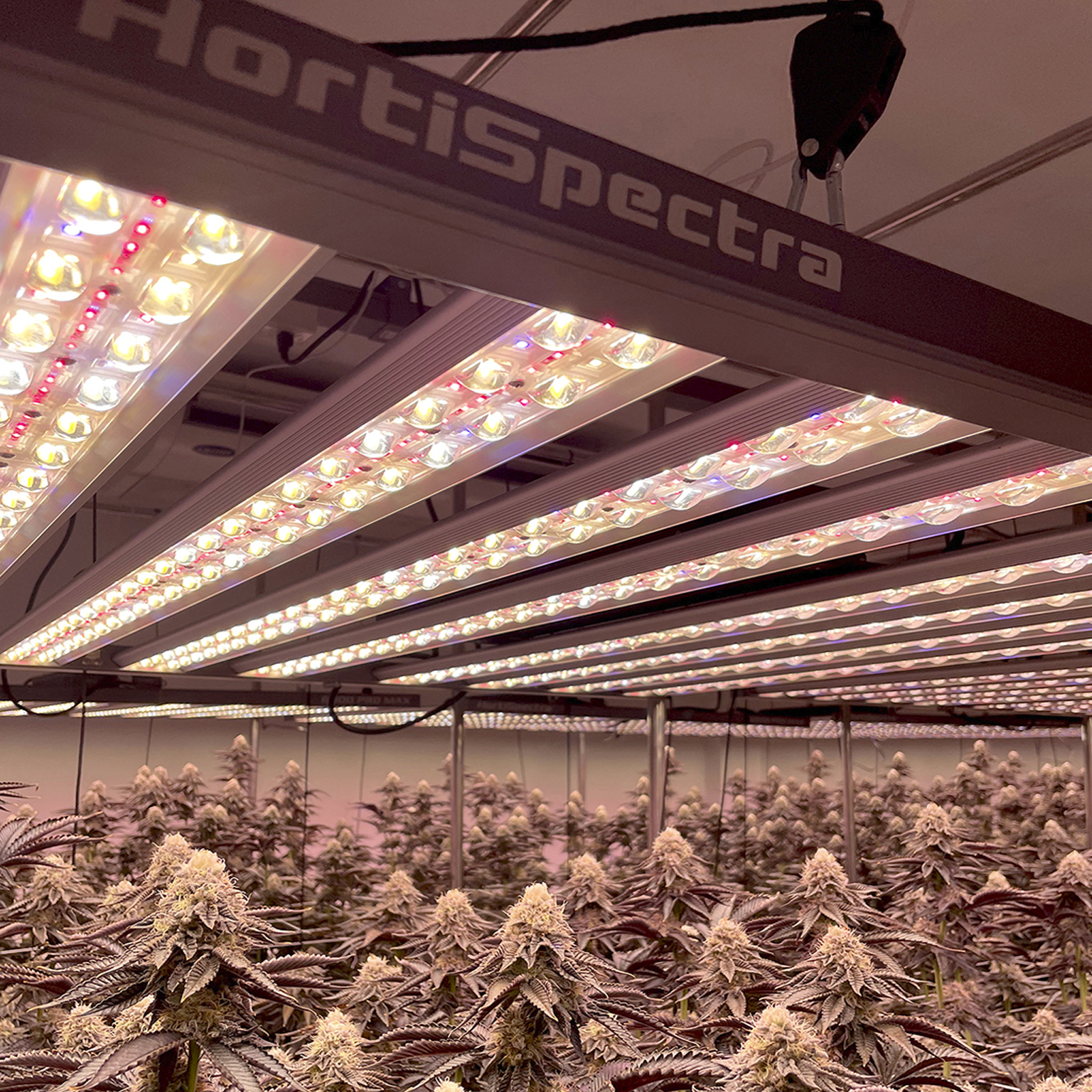Introduction to Smart Greenhouse Lighting
In the world of modern agriculture, sustainable practices are more important than ever. As the global population continues to rise, the demand for efficient food production has become a pressing concern. One innovative solution to this challenge is the use of smart energy-efficient greenhouse lighting designs. At the forefront of this innovation is HortiSpectra Co., Ltd, commonly referred to as HortiSpectra. This company is pioneering the development of advanced lighting systems that not only enhance plant growth but also optimize energy consumption.
The Role of Smart Lighting in Greenhouses
Greenhouses provide a controlled environment for plant cultivation, allowing for the manipulation of factors such as temperature, humidity, and light. Of these factors, light is one of the most critical elements for plant growth. Smart lighting systems, like those developed by HortiSpectra, are designed to mimic natural sunlight and provide plants with the optimal light spectrum needed for photosynthesis. These systems can be programmed to adjust light intensity and duration according to the specific needs of different plant species, ensuring maximum growth and yield.

Energy Efficiency and Sustainability
One of the primary advantages of HortiSpectra’s lighting systems is their energy efficiency. Traditional greenhouse lighting solutions, such as high-pressure sodium lamps, consume significant amounts of energy. In contrast, HortiSpectra’s LED-based systems use a fraction of the energy while delivering superior lighting quality. This not only reduces operational costs for greenhouse operators but also contributes to environmental sustainability by lowering carbon emissions.
Innovative Features of HortiSpectra’s Lighting Systems
HortiSpectra’s lighting systems come equipped with a range of innovative features that set them apart from conventional solutions. These include:
- Customizable Light Spectra: Different plant species require different light spectra for optimal growth. HortiSpectra’s systems allow users to customize the light spectrum to suit the specific needs of their crops.
- Automated Control Systems: Advanced control systems enable automated adjustments to light intensity and duration, ensuring that plants receive the right amount of light at the right time.
- Remote Monitoring and Management: With the integration of IoT technology, greenhouse operators can remotely monitor and manage their lighting systems, providing greater flexibility and control.
Case Study: Successful Implementation of HortiSpectra Lighting
One notable example of HortiSpectra’s impact is the implementation of their lighting systems in a large-scale greenhouse operation in the Netherlands. By switching to HortiSpectra’s energy-efficient LED lighting, the greenhouse was able to reduce its energy consumption by 40% while increasing plant yield by 25%. This success story highlights the potential of smart lighting systems to revolutionize the agricultural industry.

Industry Trends and Future Outlook
The adoption of smart lighting solutions in greenhouses is part of a broader trend towards precision agriculture, which involves using technology to optimize agricultural practices. As the industry continues to evolve, we can expect to see further advancements in lighting technology, including the integration of artificial intelligence and machine learning to create even more efficient and effective systems.
Moreover, the focus on sustainability is likely to drive increased demand for energy-efficient solutions like those offered by HortiSpectra. As more greenhouse operators recognize the benefits of smart lighting, we can anticipate a significant shift towards these systems in the coming years.
Conclusion
In conclusion, smart energy-efficient greenhouse lighting designs are transforming the way we approach plant cultivation. Companies like HortiSpectra are leading the charge by developing innovative solutions that enhance plant growth while minimizing energy consumption. As the industry continues to advance, these systems will play a crucial role in meeting the growing demand for sustainable food production. By investing in smart lighting technology, greenhouse operators can not only boost their productivity but also contribute to a more sustainable future.
Keywords: Smart Lighting Systems, Energy Efficiency
Smart lighting systems are becoming increasingly popular in various industries due to their ability to optimize energy consumption and improve operational efficiency. In the context of greenhouse agriculture, these systems provide the flexibility needed to cater to the diverse light requirements of different crops, ultimately enhancing productivity and sustainability.
Energy efficiency is a key consideration in modern agricultural practices. By adopting energy-efficient technologies, such as HortiSpectra’s LED lighting systems, greenhouse operators can significantly reduce their carbon footprint while maintaining high levels of production. This aligns with global efforts to combat climate change and promote sustainable development.







